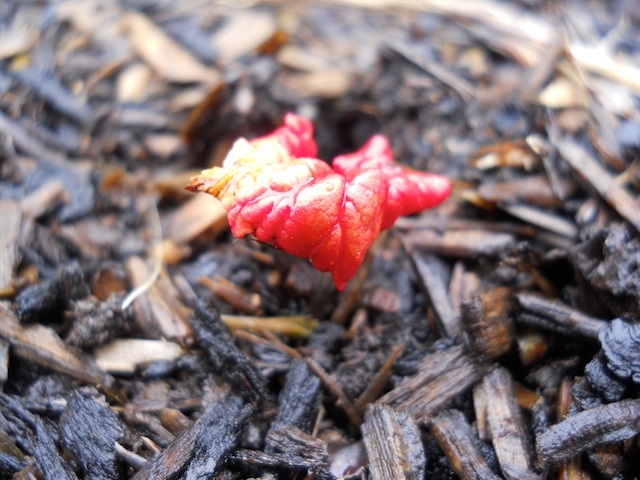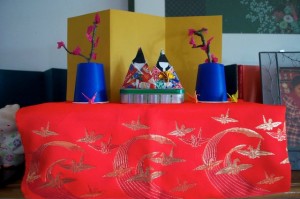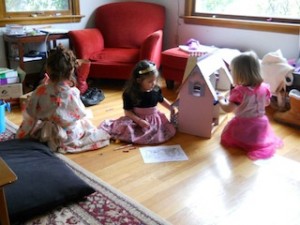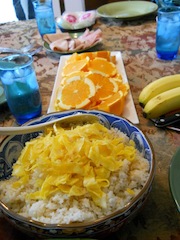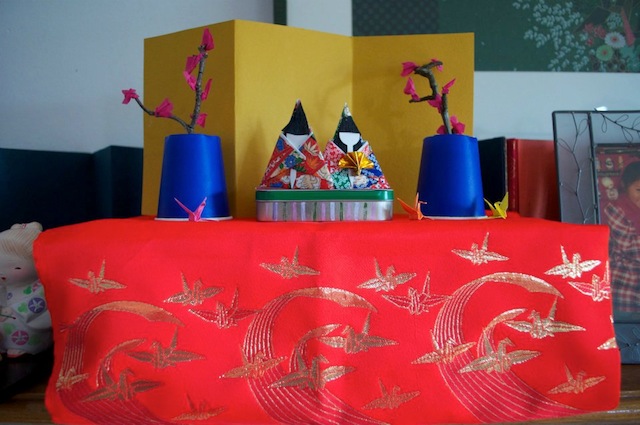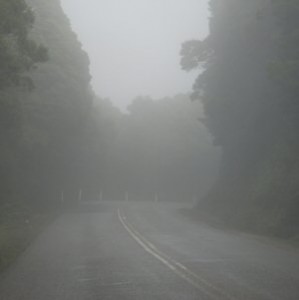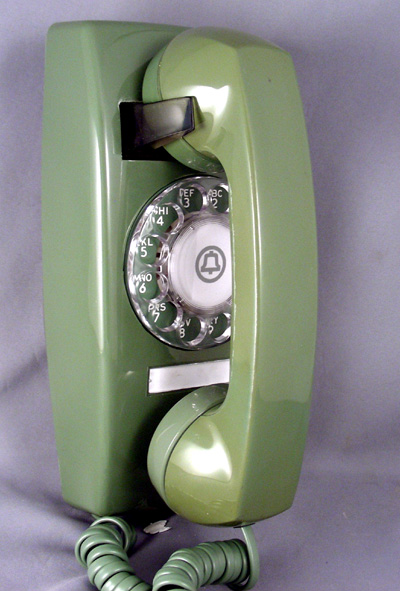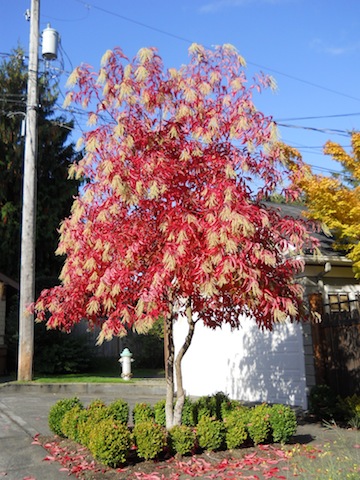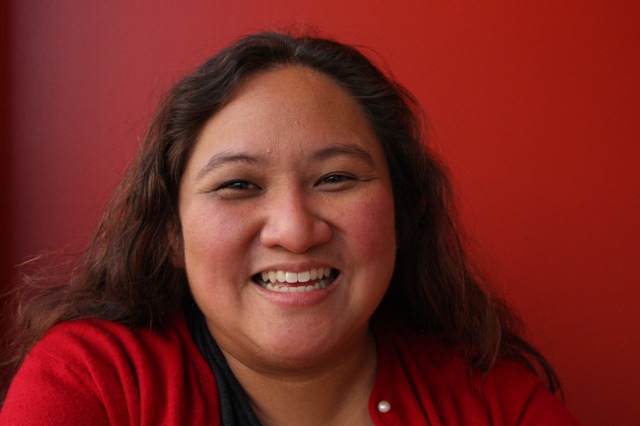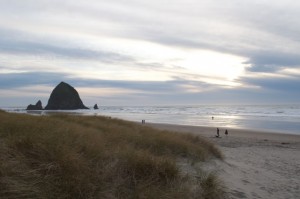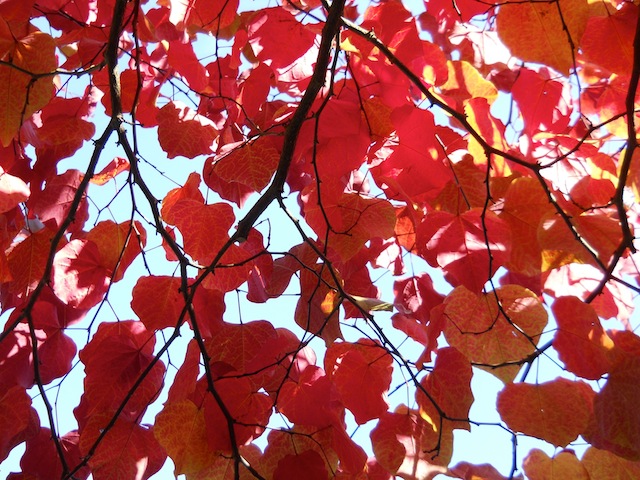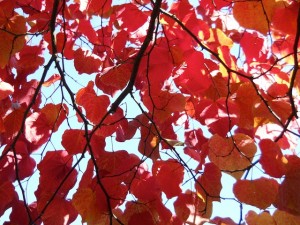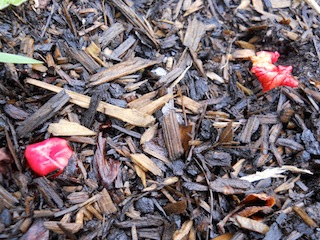 The skies were cool and gray, and they’d been that way for weeks. At first these looked like red beads, or berries that had fallen from a nearby bush. So when I walked towards the back of our yard, taking out the garbage, two red dots in the garden bed caught my eye. On my way back inside, I thought I’d check to make sure that the berries were still there.
The skies were cool and gray, and they’d been that way for weeks. At first these looked like red beads, or berries that had fallen from a nearby bush. So when I walked towards the back of our yard, taking out the garbage, two red dots in the garden bed caught my eye. On my way back inside, I thought I’d check to make sure that the berries were still there.
They weren’t. They were tiny heads of rhubarb, getting ready to come back from the winter.
*****
It’s funny, the hobbies I’ve picked up since I moved to the Northwest from California. Cookbook collecting. Jam-making. And, funniest to me, gardening. I’m terrible at houseplants, so cross your fingers for the two plants I’m managing to keep alive. (Jade and Ruffles, I hope your days are not numbered.)
And gardening’s something that I never understood. It sounded mind-numbingly boring, something I’d ranked up there with home decoration as Grownup Old People hobbies. For a very long time, I remember snorting and tossing away the gardening and home decor sections of the Sunday newspaper—who does these things? (People who have gardens and homes to decorate, I now understand. Along the same lines, I never understood the appeal of a yard with a lawn until I had one. It’s like a park….behind your house!)
When I moved to the Northwest, I thought it was quaint that the number one hobby here is gardening. It really does make us sound like a region of nice senior citizens, puttering around with our pruning shears and shaking our passive-aggressive fists at, I don’t know, the non-recyclers. Gardening! I take it back now, I really do.
Not a yard with ornamental bushes, though we do have some of those. I mean, a garden, with raised beds for food. Except for those dates in high school, food gardening is some of the most fun I’ve ever had outside. I’m not a hiker, I’m not a kayaker, I’m not a skiier….all those Northwest pastimes that I’m supposed to enjoy. But I do love having a garden.
Since we started our garden, we’ve had some amazing years and some not-so-great years. We’re nowhere near Barbara Kingsolver’s family in Animal Vegetable Miracle, able to raise and put up food for an entire year. We’ll be regular farmers market customers for a very long time. But we’ve had tomatoes, lettuce, zucchini, Rainier cherries, and blackberries, all from our own garden: from our own backyard. Summers have been quietly delicious.
(First, cookbook collecting, then jam-making, and now food gardening. Upon reflection, the senior citizen part of the gardening stereotype may not be too far off. I’ve turned into my grandmother, who loved all of these things.)
*****
Last year wasn’t a great garden year. We had high hopes, since the Rainier cherry tree had snowballs of blooms that nearly covered the branches. The blooms weren’t pollinated enough, though. (We’re trying Mason bees this year, which are supposed to pollinate more than honey bees and aren’t as prone to stinging humans.) We planted some basil, lettuce, zucchini, tomatoes, and these performed modestly well. And for the coming year, we planted rhubarb and strawberries. With both of these crops, it’s recommended that you don’t harvest anything the first year (even down to pinching off the blooms of the strawberry plants), leaving the plants to conserve energy towards the next year’s harvest.
I bought a rhubarb crown, planted it, watered it but-not-too-much, and hoped. It obligingly grew several large leaves and stalks. And then at the end of summer it died, shriveling into a brown fist. Our next-door neighbors have an incredible set of rhubarb plants, and those didn’t seem to have died altogether. So I thought that was it. I’d let my rhubarb die.
*****
And then: those drops of red in the garden that day. The rhubarb was coming back.
Northwest sap that I now am, I nearly cried. I had to look so closely at the plants, to make sure they were not berries dropped in the garden bed. These pictures are about as close as I could get to the crowns, and even then, they look bigger because I stuck my camera so freaking close to them. Those wood chips in the pictures? They’re probably no longer than a knuckle on your finger. I’m surprised they didn’t put up celebrity hands in self-defense—no papparazzi, please.
The color was just what I needed to see on such a gray day, after months and months of gray days. Our color palette here is mostly greens and grays and blues, and while I’m grateful for the greens, I also miss other colors during the winter. By the time spring comes back, glorious blossoming spring, I’m ready for the color.
Color may be one reason why we love to garden in the Northwest. But this year, gardening’s also about renewal, about second chances, about plain brown patience and rich green reward. I needed to see that, especially on a day like that day, after a winter like this winter has been. I’m still working through the occasional grieving, still driving through the uncertainty fog, and I still don’t know what will happen next.
The garden reminded me how to look, and what to see. “The rhubarb’s back! The rhubarb’s back!” I told C, and we ran to the backyard so she could see it, too.

